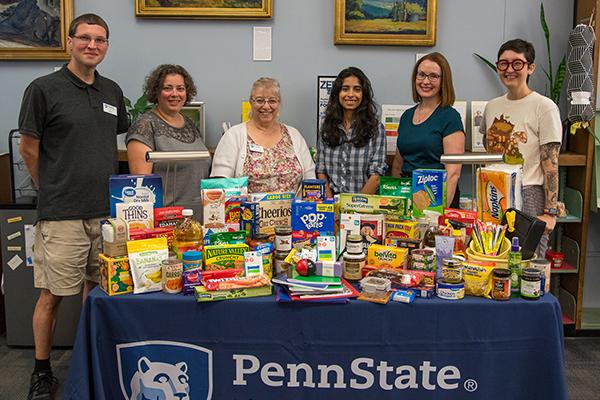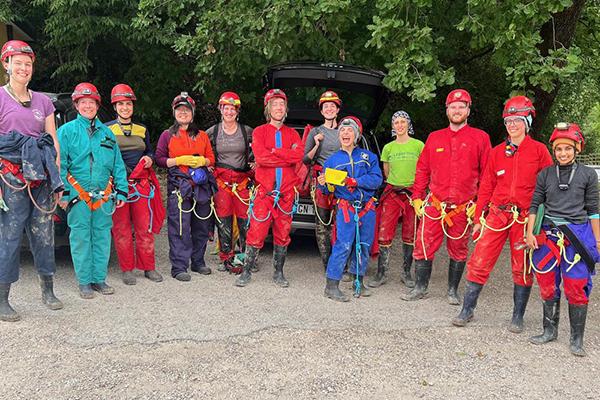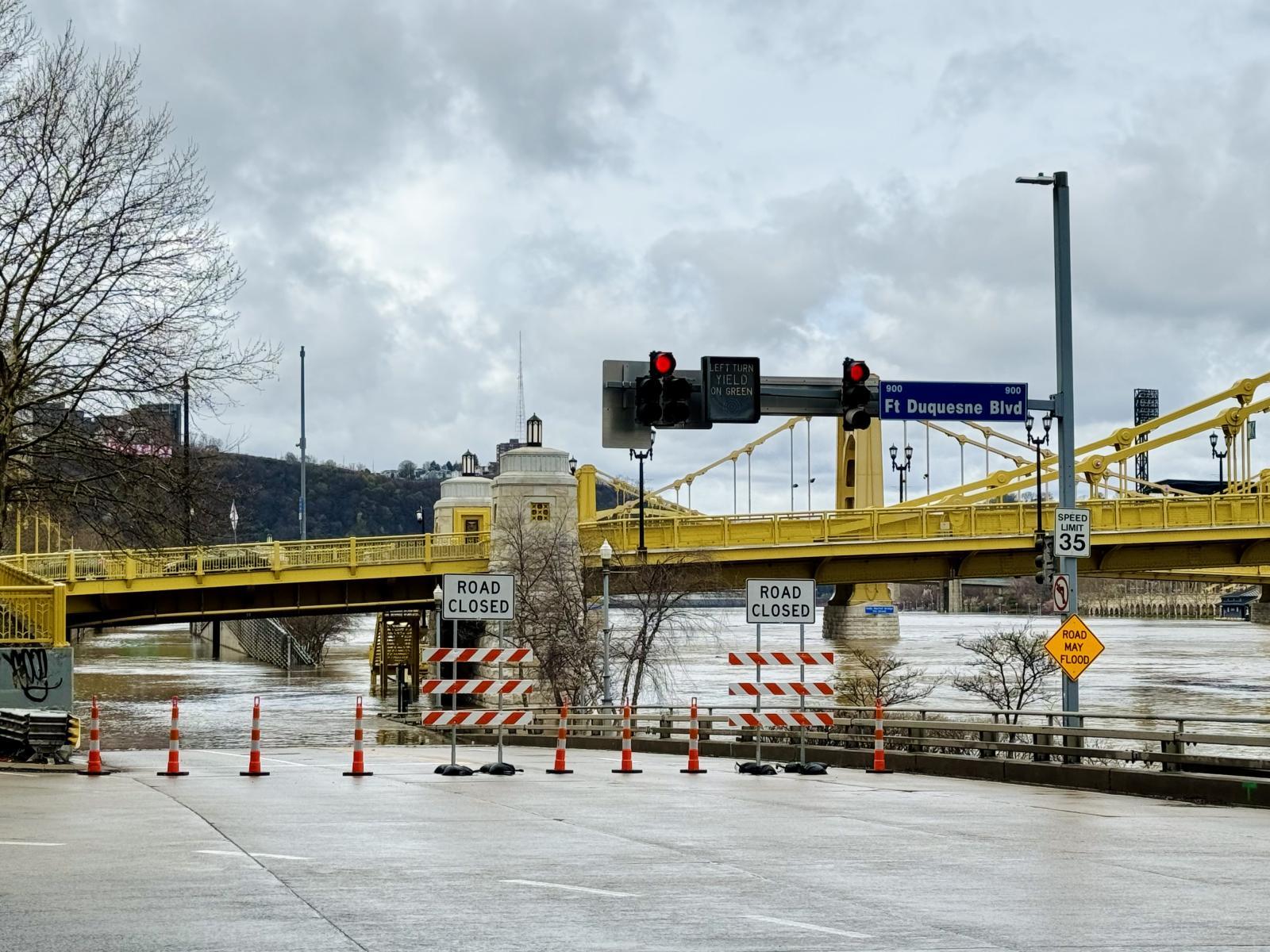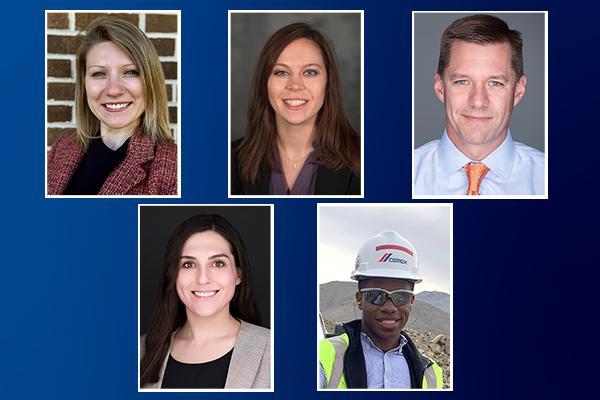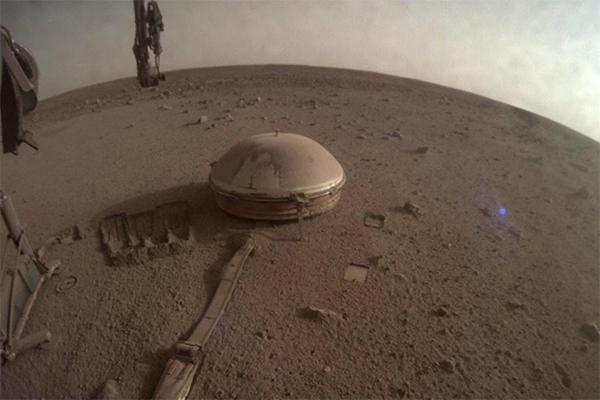Aaron Procious, left, Liz Long, Linda Musser, Harman Singh, Megan Fletcher and Elliott Rose show off some of the hundreds of items donated to the Fletcher L. Byrom Earth and Mineral Sciences (EMS) Library Food Pantry. The items will go to students in need.
Students in the international geobiology course run through Penn State visited Italy, New York and Penn State to learn advanced research, field and lab techniques. International Geobiology Course (IGC) offered at Penn State and funded by the Agouron Institute and Simons Foundation. It’s directed by Katherine Freeman, Evan Pugh University Professor of Geosciences, and Jennifer Macalady, professor of geosciences.
The 10th Street Bypass in Pittsburgh: Penn State students, Carnegie Mellon students, Penn State faculty and staff from the Franco Harris Pittsburgh Center at Penn State are collaborating to use existing fiber optic cables to predict dangerous potential geohazards like flooding, landslides and sinkholes in Pittsburgh.
Scans of the a giant fossil legume revealed the extinct species is a relative to the modern black bean tree.
Andrew Nyblade took over the Department of Geosciences in 2019 and steered the department through a global pandemic while creating key faculty hires.
Penn State graduate student Erik Schoonover, a doctoral candidate in geosciences in the College of Earth and Mineral Sciences, was recently awarded the Big Ten Academic Alliance Smithsonian Fellowship Award.
EMS has announced the appointment of five new members, including Mary Reinthal, to the Graduates of Earth and Mineral Sciences (GEMS) board of directors, effective July 1.
If liquid water exists today on Mars, it may be too deep underground to detect with traditional methods used on Earth. But listening to earthquakes that occur on Mars — or marsquakes — could offer a new tool in the search.
The Erickson Discovery Grant, which funds independent research projects for undergraduate students, has been awarded to 43 recipients, including Alexander Czeczulin, this year.
Ancient, expansive tracts of continental crust called cratons have helped keep Earth’s continents stable for billions of years, even as landmasses shift, mountains rise and oceans form. A new mechanism proposed by Penn State scientists may explain how the cratons formed some 3 billion years ago, an enduring question in the study of Earth’s history.


